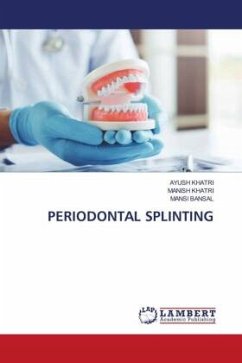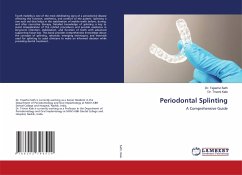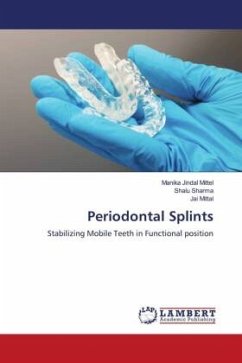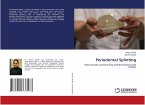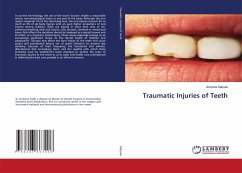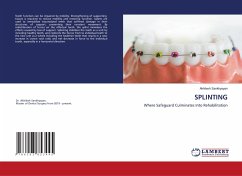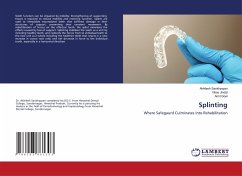Splinting refurbishes a functional occlusion by stabilizing mobile abutment teeth thereby helping to reestablish a psychological well-being for the patient by reducing symptoms like pain, discomfort and lack of usage that may be associated with hypermobility. An ideal splint should possess the following qualities: (1) simplicity and facility of construction and application; (2) economy of construction; (3) stability and efficiency; (4) accessibility to hygienic procedures by patient; (5) non-irritating to the gingival and oral tissues; (6) noninterference with other periodontal treatment; (7) applicability to all parts of the mouth and (8) esthetic acceptability.. Temporary splints are used either until hypermobility is satisfactorily reduced or eliminated and the teeth can function without the help of the splint or until the dentition clearly requires long term stabilization. Long term stabilization of the dentition may be imperative to stabilize moderate to advanced tooth mobility that cannot be reduced by other means that has not responded to occlusal adjustment and periodontal therapy.
Bitte wählen Sie Ihr Anliegen aus.
Rechnungen
Retourenschein anfordern
Bestellstatus
Storno

